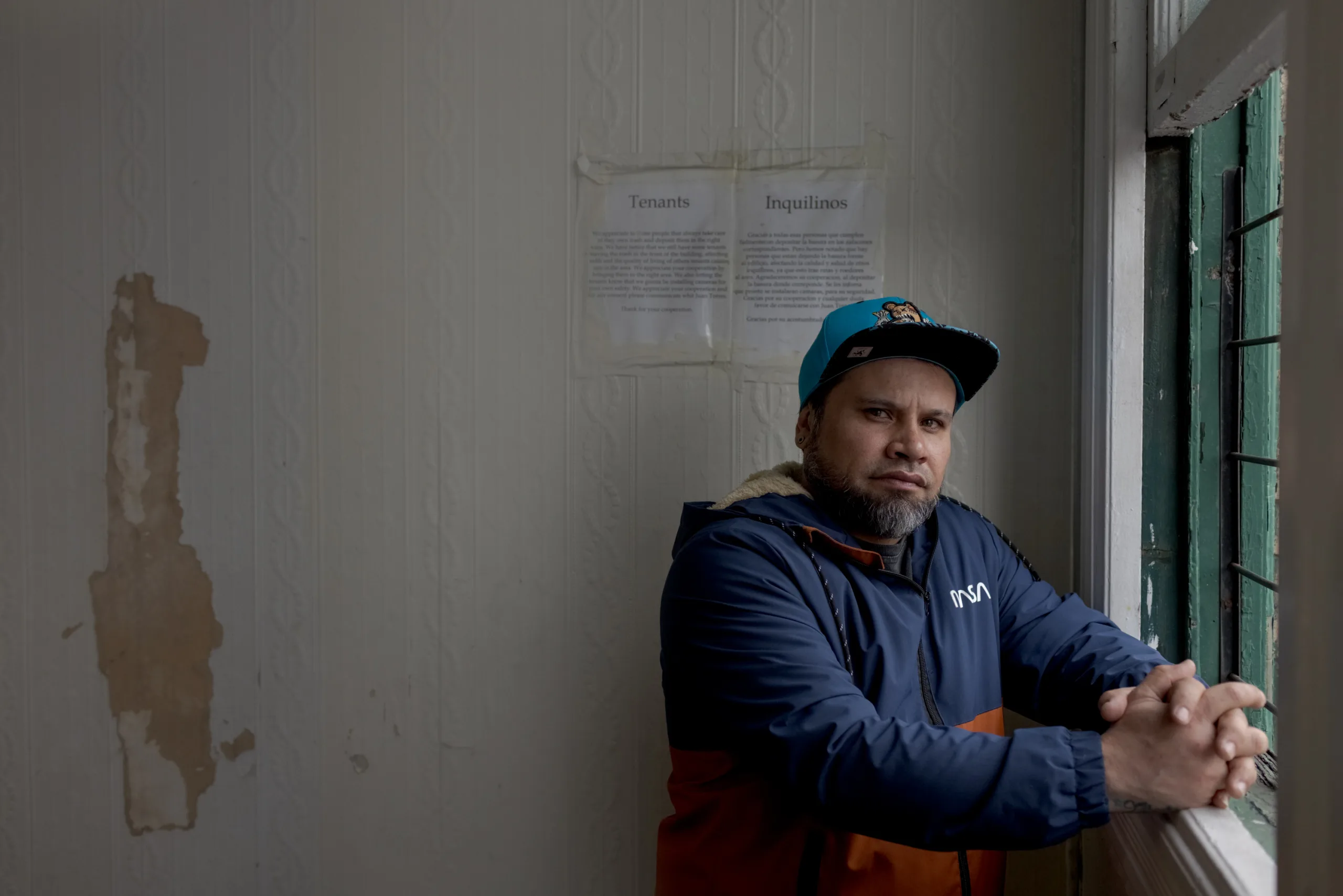Editors Note: This story was updated on Dec. 3 to clarify that community groups had not “already been funded” at this time ten years ago, as the article previously stated. Also, that funding for outreach for the 2010 census came from philanthropic and private sources, not the city.
New York City community organizations charged with doing outreach for the 2020 census say they are still awaiting funding from the city to get the upcoming job done, as controversy continues over how to count the nation’s population.
Mayor de Blasio said in his State of the City speech earlier this year that the city planned to allocate $4.3 million to the “Get Counted NYC” campaign, mainly to hire a census coordinator and oversee a public awareness campaign. None of that money so far has been allocated to the community organizations that usually go door-to-door gathering information on the population.
“We are very disappointed that of the $4.3 million dollars allocated for the census by New York City, zero dollars are going to community organizations,” said John Park, executive director at the MinKwon Center for Community Action. In advance of the 2010 census, the MinKwon Center received a grant from the city and used it to hire staff to encourage Asian-Pacific Americans to complete the census. Late last month, the New York Immigration Coalition said that the state was $40 million short in funding the census, leaving the city and local community organizations with no funds received.
In advance of the 2010 census, philanthropic and private sources gave $605,000 to 37 community organizations including the MinKwon Center, Chhaya Community Development Corporation, Arab American Association, Desis Rising Up & Moving (DRUM) and Voces Latinas.
Funding to such groups is critical for an accurate count which, in turn, is crucial for the allocation of public services like SNAP, Section 8 housing assistance programs, and Medicaid. The census “determines the number of schools on the ground, hospitals that serve people in a given community, and more,” said Saleen Shah, director of communications and public affairs at the Citizens Committee for New York City, a non-profit that seeks to help low-income New Yorkers. “It is a quality of life issue.”
“We only have one shot at this, and billions of dollars are at stake for New York and our communities. It would be irresponsible for the City and State to not invest in community organizations for the 2020 census – to put it plainly, we cannot afford not to,” said Park. “We don’t have any city funding and we should,” said Fahd Ahmed, Executive Director of DRUM. “Funding is important so we are better placed to reach out to communities more effectively and more deeply.”
Counting people in New York City’s immigrant communities is particularly tricky because many residents are skeptical about the census, Ahmed said. Community organizations are better placed than government agencies to effectively overcome that lack of cooperation. “Outreach for so many government agencies means flyers or talking to someone once. But for the communities we work with, mostly immigrant groups, there is deep skepticism [of the census], and so our job is convincing people why it’s [completing the census] not risky, which means talking to them multiple times,” Ahmed said.
A decade ago, the city allocated funds to organizations to hire organizers and reach out to individuals in hard-to-count neighborhoods, a term used by the Census Bureau to describe a census tract with a response rate in the past census of less than 73%. Reaching these individuals as well as pursuing creative outreach methods like introducing a census enumerator as a character in Telemundo novela Mas Sabe el Diablo which glorified the census, studies found, resulted in an increased participation rate in the 2010 census. The 2020 Census will be the first to be conducted online, so hard-to-count areas will include places where Internet access is scarce.
Chhaya CDC, an organization that has worked on conducting outreach and census education within the South Asian community since 2000, said in a statement to Documented, “that the Asian-Pacific American community has been underfunded and underserved by the city” historically, which leads to “the severe undercount of the APA community on the Census.”
The lack of funding complicates the continuing controversy over putting a question about citizenship on the census, a move by the Trump administration that is being fought by a number of states, cities and civil rights organizations. People in the U.S. have not been asked about their citizenship by census takers since 1950. Chhaya believes the question will spook undocumented residents and that “participation in the census will very likely decrease even more” said Farzana Linda, Chhaya’s advocacy and organizing program manager.
According to a statement from the city’s planning department, the city is still working on a budget to hire a census director and a team that will work with the U.S. Census Bureau and with the city’s community organizations “as was done in 2010.” The department’s press office said it is “monitoring what Albany is discussing related to census funding” and hopes to have more funds to disseminate in 2019.















